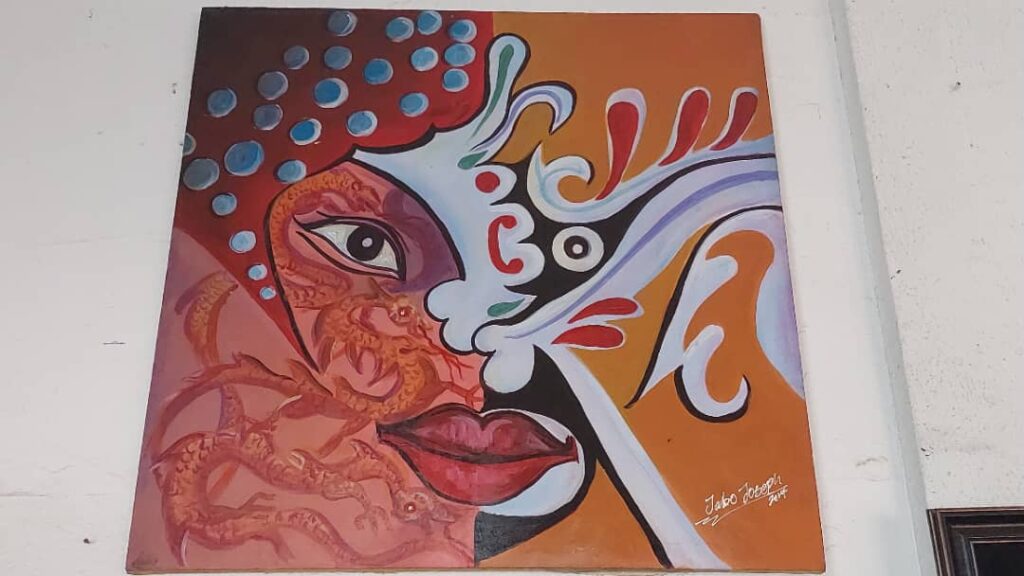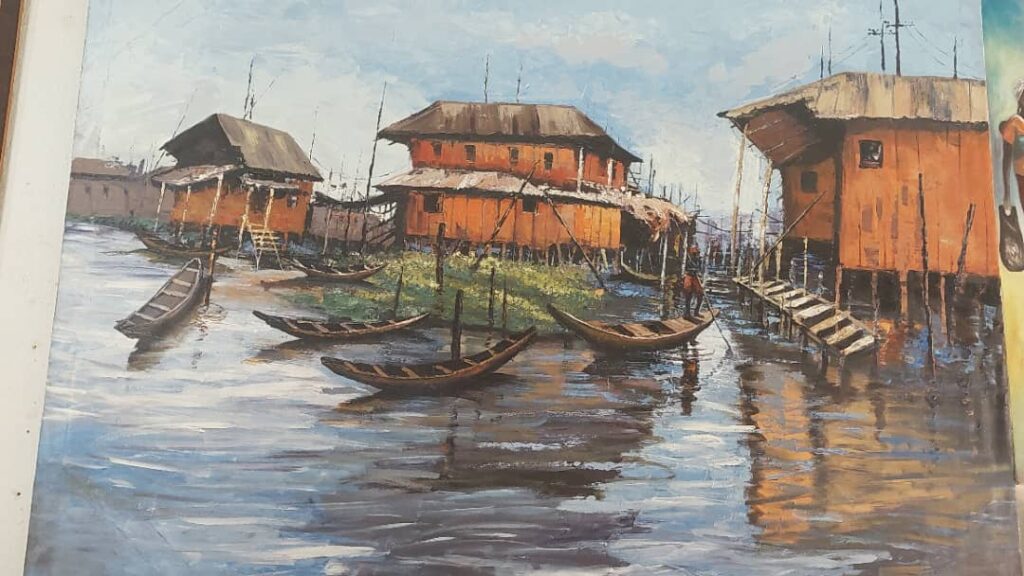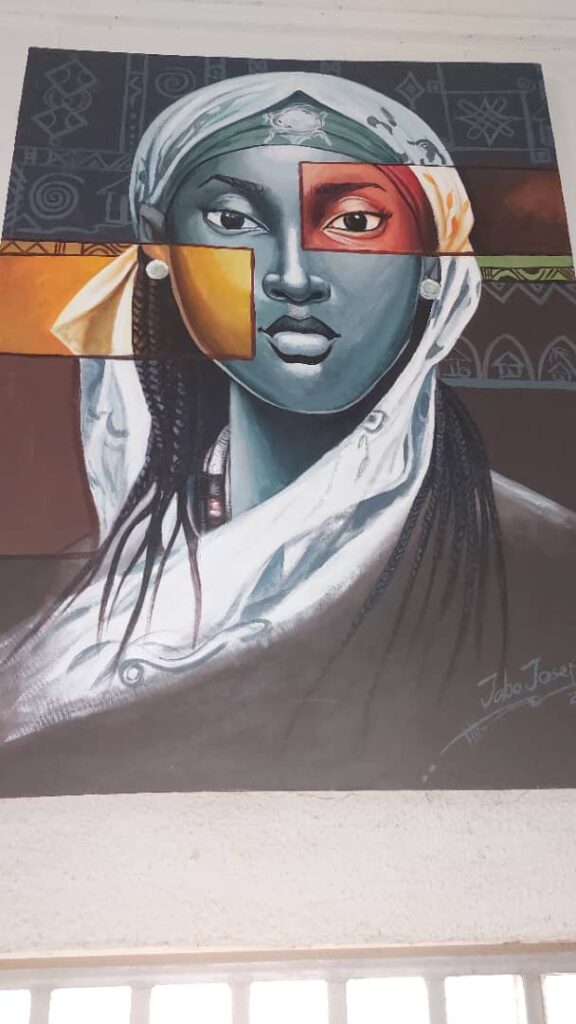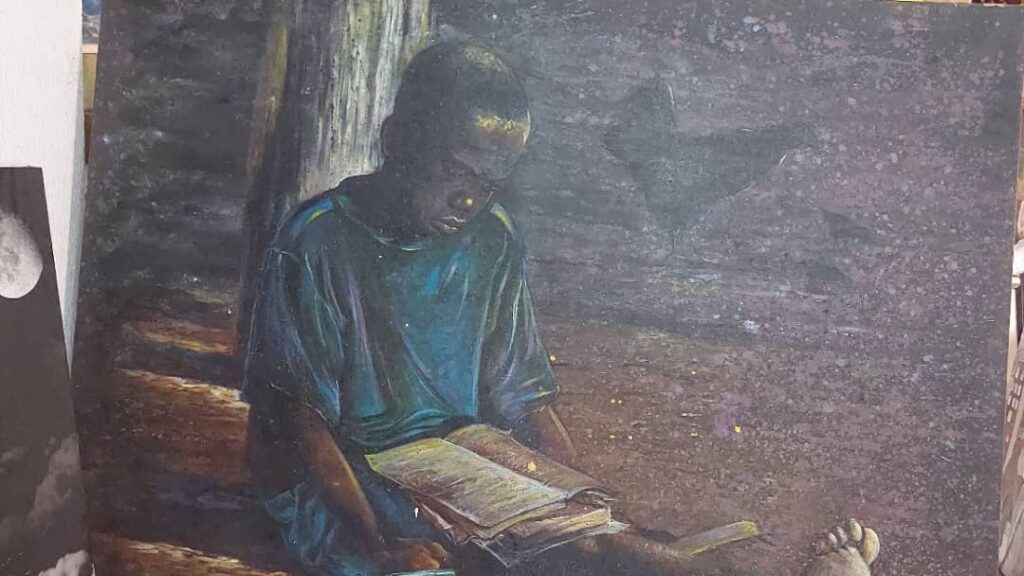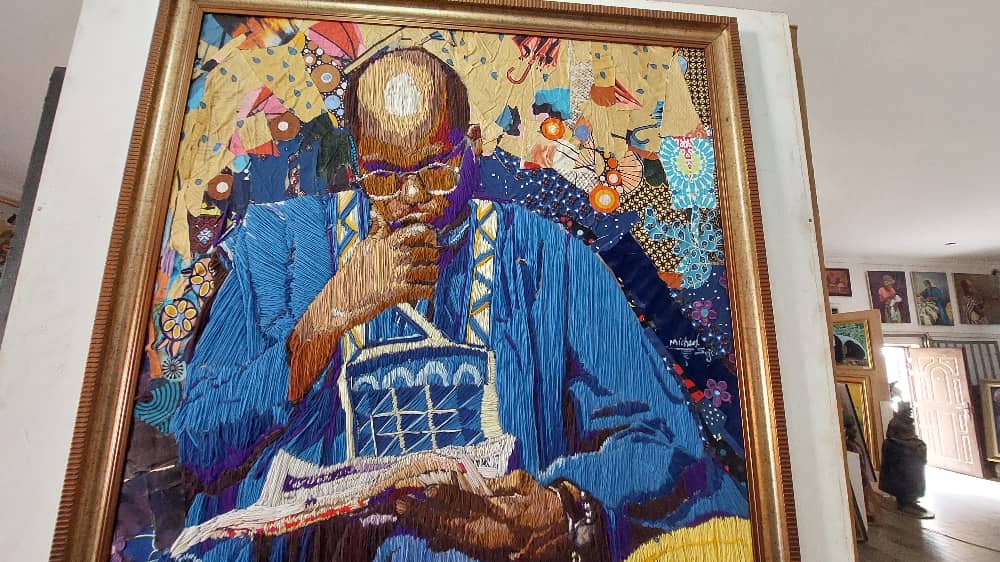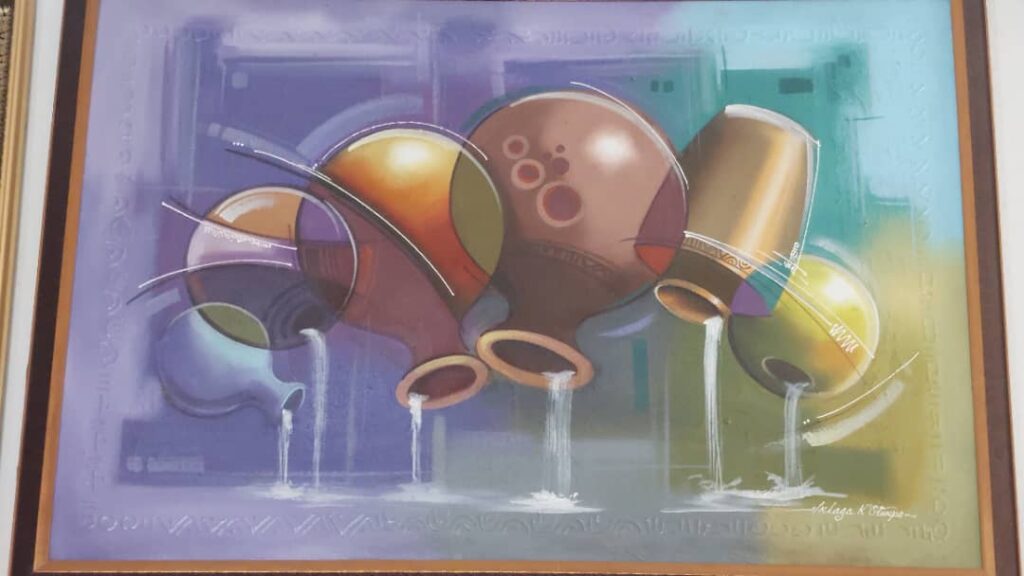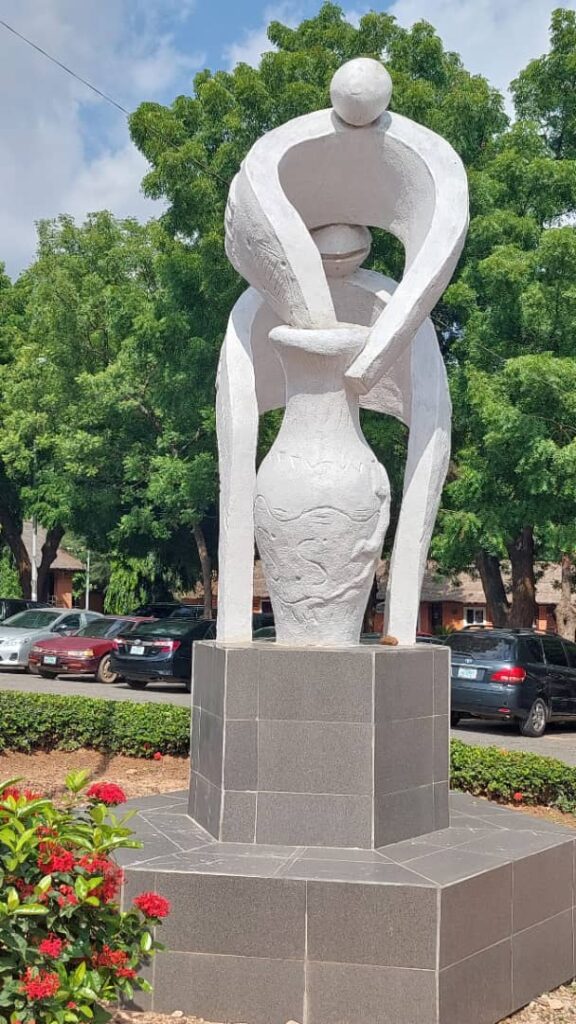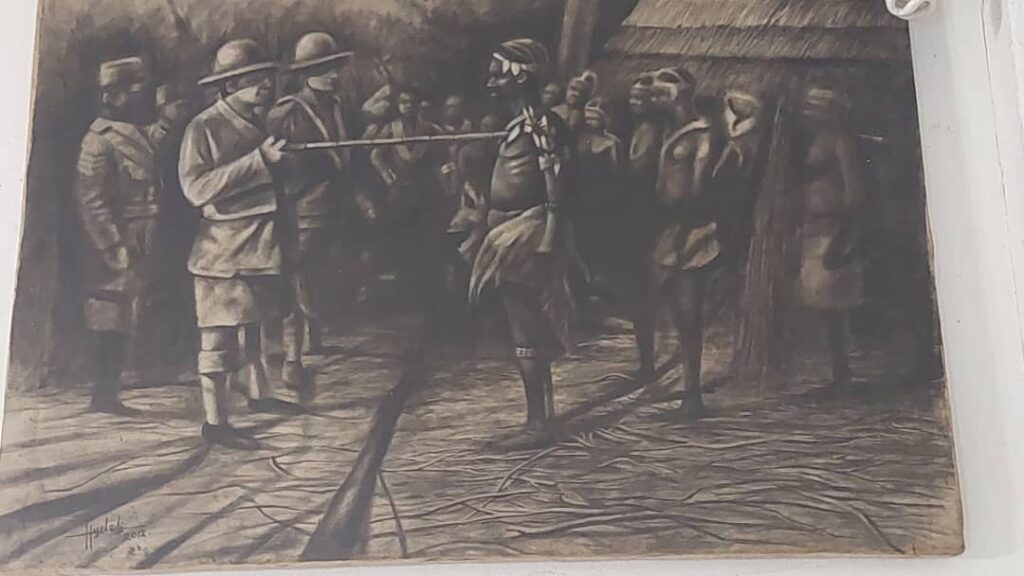
Welcome To The Pictorial TitBits Gallery On Afro-Scope
BENIN KINGDOM
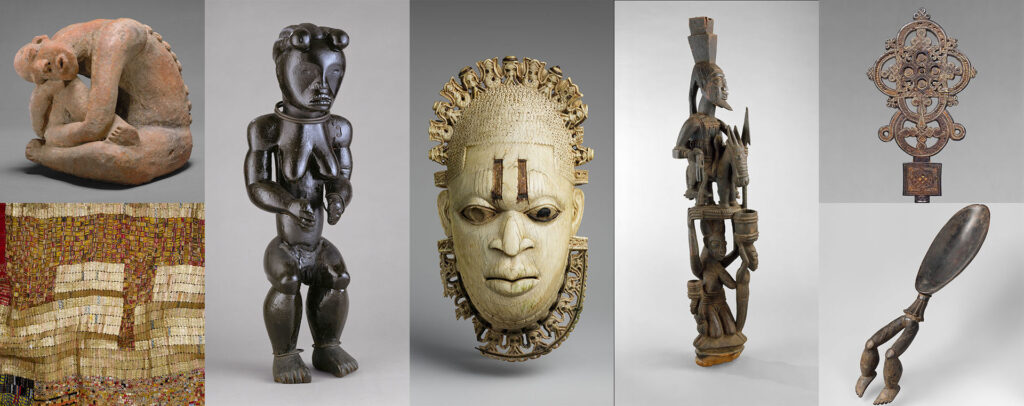
The Benin Kingdom was "one of the oldest and most developed states in the coastal hinterland of West Africa". It grew out of the previous Edo Kingdom of Igodomigodo around the 11th century AD, and lasted until it was annexed by the British Empire in 1897.


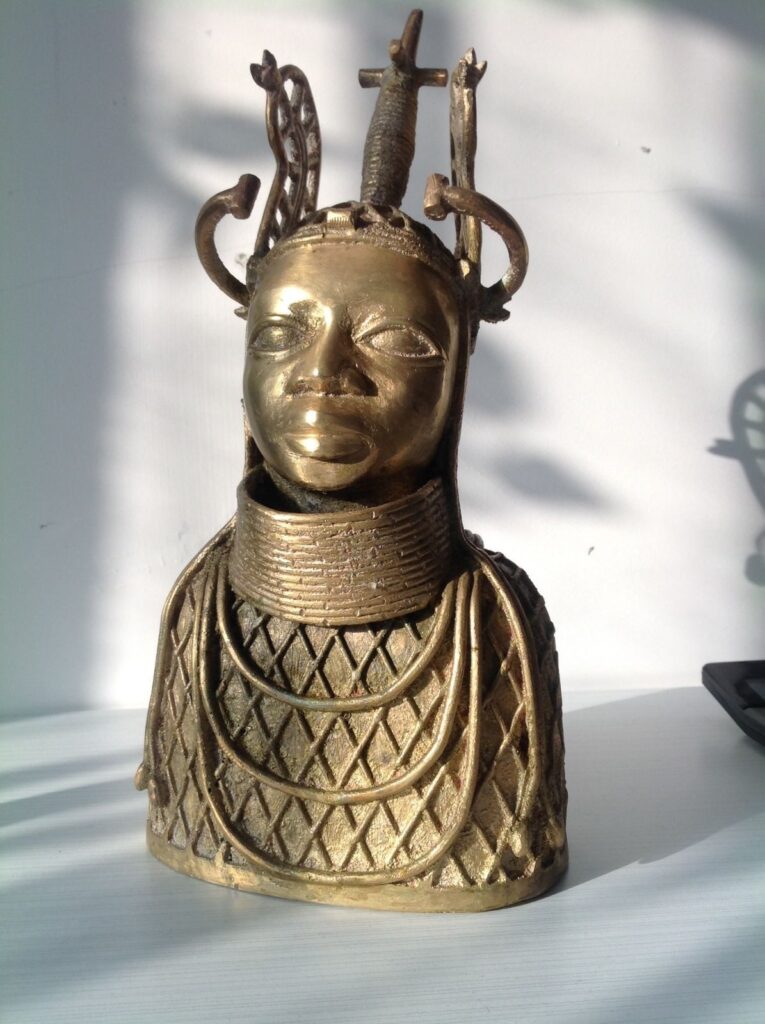
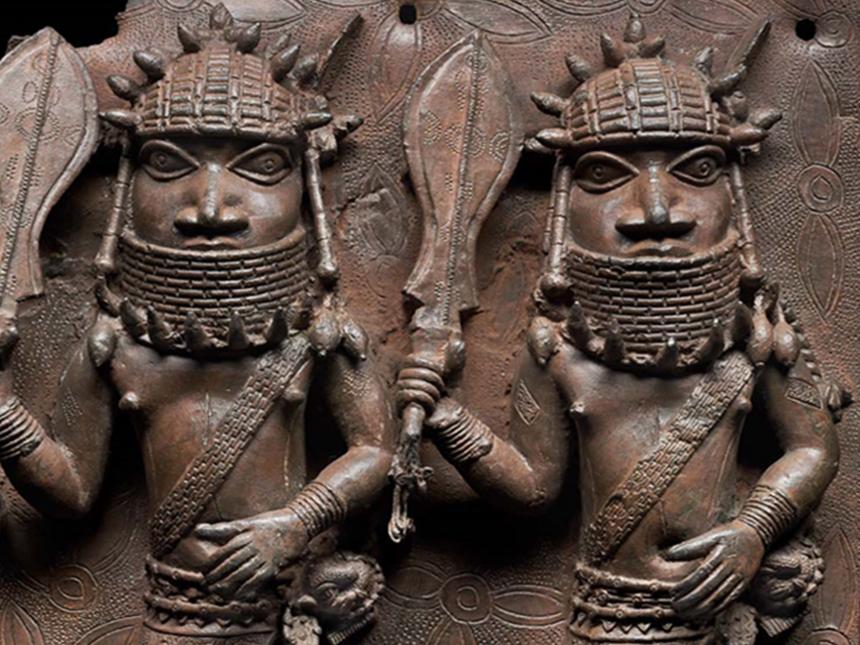


Benin Monarchy
The Benin Monarchy is one of the oldest on African soil and is in practice up until the present day

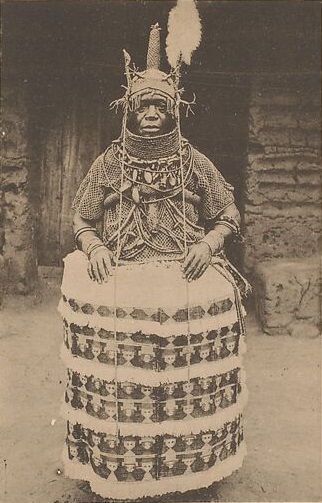

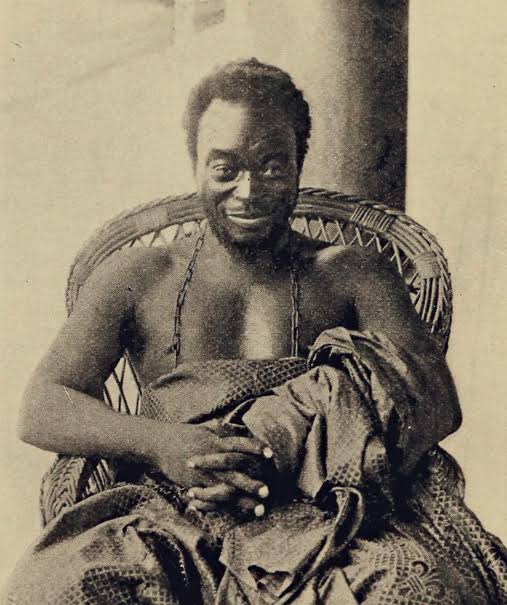
Benin traditional dance attire
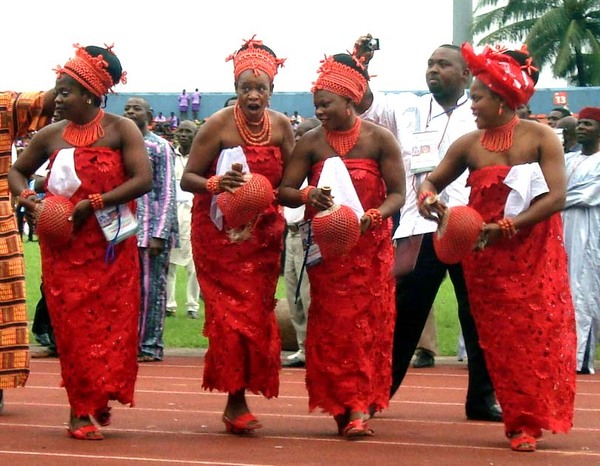
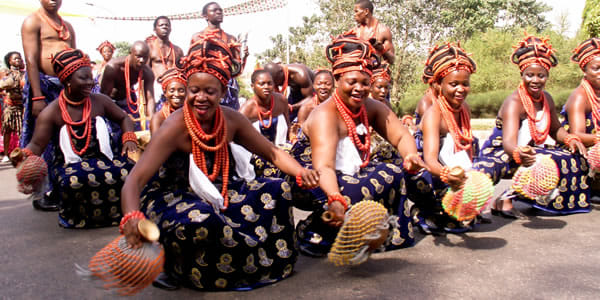
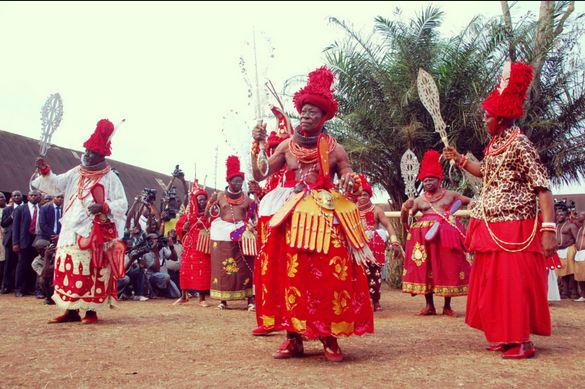

The Yoruba kingdom, a land of ancient wonders, finds its roots nestled within southwestern Nigeria. The Yoruba people have endured and prospered across the ages, leaving an indelible mark on the region’s history. According to Yoruba folklore, their ancestry can be traced back to the great ancestor Oduduwa. Oduduwa was believed to be a divine figure created by the Supreme Being. credit: <br>https://tourandculture.com/yoruba-kingdom-the-brief-history-of-yoruba-people/

